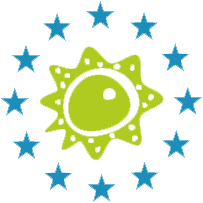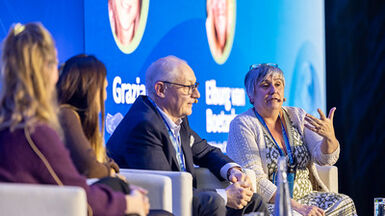ESCAIDE 2025 - A summary of day 3
Plenary D, titled ‘Health for all: equity challenges in accessing essential health services’ introduced another day packed full of sessions and knowledge sharing.

The session highlighted persistent inequities in access to preventive and essential healthcare across Europe. Despite progress in public health, many communities continue to face barriers rooted in stigma, inconsistent policies, financial hardship, and structural obstacles. These challenges result in systematic exclusion from vital services, undermining the principle of health for all.
Speakers presented evidence from data, research, and practice to illustrate how inequities manifest in different contexts. They shared inclusive approaches, targeted services, and people-centred systems designed to close gaps and ensure that healthcare systems respond to the needs of all populations.
The topic of Viviane Bremer’s presentation was HIV prevention in Germany, looking at policy measures, education, testing and treatment, condom use, harm reduction strategies, and access to PrEP.
Susan Hahne discussed health equity and shared examples of health inequalities in the Netherlands. She emphasised that promoting vaccine equity is not a political stance but a necessary step toward reducing health inequalities and strengthening society.
‘The reality is that groups that need preventative services the most, are often the ones that access it the least’, said Susan Hahné, Senior Epidemioloigist at the RIVM, Netherlands, speaking in Plenary E.
Adrian Stoica presented vaccination inequities in Romania. He noted that measles vaccination rates reveal significant disparities, particularly among highly mobile Roma communities.
‘We [also] need to work closer with community health services to gather vaccination behavioural insights and organise catch-up vaccination campaigns couples with health promotion’, said Adrian Stoica, Senior Medical Epidemiologist at the Arges County Directorate of Public Health, Romania, speaking in Plenary E.
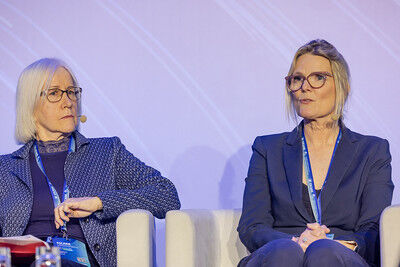
The fifth thematic session, ‘Diagnosing barriers to vaccination’ covered the challenges and strategies related to vaccine hesitancy and low vaccination coverage. It featured Agnieszka Sochon-Latuszek (UNICEF Poland), and Bolette Soberg (Danish Health Authority), highlighting different contexts and approaches to diagnose and address barriers to vaccination.
The speakers discussed barriers to vaccination. They include lack of information, access issues, cultural preference, community engagement, safety concerns, and misinformation.
Effective strategies to address barriers include catch-up campaigns, reminders, targeted communication, and leveraging trusted health institutions.
It was stressed that the understanding of underlying behavioural drivers is critical to addressing barriers. Engaging trusted community members and stakeholders and stakeholders enhances outreach.
‘Positive stories work as a protective factor’, said Bolette Søborg, Deputy Director of the Departement of Infectious Disease Epidemiology and Prevention of the Danish Health Authority, speaking in Thematic Session 5.
Chaired by Piotr Kramarz, the final plenary for ESCAIDE 2025 ‘Beyond numbers: humanising public health to address health inequities’ dealt with the important topic of keeping the human in focus during outbreaks and other humanitarian crises.
Grazia Caleo, a physician and public health expert, opened the discussion by presenting her children’s book, which serves as a creative bridge between evidence and art. The book emerged from her experience witnessing the fracture of community and public health during outbreaks, where stigma, fear, and violence often created adversarial positions. Her work integrates two studies into a symbolic narrative that acknowledges the vital role of communities in saving lives.
‘I want to encourage reflection, hope, and empathy to build solidarity as a core of inclusive and equitable public health’, said Grazia Caleo, an independent public health consultant, speaking in Plenary F.
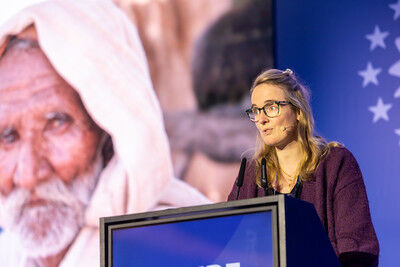
Elburg van Boetzelaer, a recent PhD graduate working with Médecins Sans Frontières, focused on the growing invisibility of older people in humanitarian crises. She noted that by 2050, one in five people will be over 60, with 80% living in low- and middle-income countries. Humanitarian emergencies are becoming increasingly complex and protracted, disproportionately affecting older populations who often play central roles in their communities yet remain overlooked.
Van Boetzelaer questioned whether classical data collection methods are truly inclusive, asking whether heads of households accurately represent the needs of older members.
‘How inclusive are classical data collection methods? For example, when we organise focus groups, how do we ensure that elder people can reach the location where focus groups take place?’, said Elburg van Boetzelaer, Epidemiology Advisor at MSF, speaking in Plenary F.
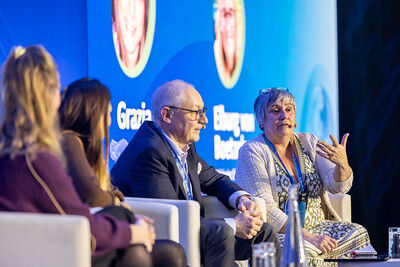
To address this, she applied participatory and arts-based methods, including a short film and a photo exhibition featuring testimonies.
These creative approaches revealed that older individuals face discrimination, compounded by disability, displacement, and mental health challenges, while services are rarely designed with or for them. Despite their vulnerability, older people remain caregivers and leaders, holding wisdom that is often invisible.
The discussion concluded by emphasising the importance of integrating intangible elements such as lived experience, memory, and creative expression into future research. Both speakers demonstrated that public health and humanitarian work cannot rely solely on quantitative measures; they must also capture the human dimensions that shape resilience, vulnerability, and care.
ESCAIDE Scientific Committee chair Piotr Kramarz summarised: ‘During the COVID-19 pandemic we had good data on vaccine effectiveness, yet we had sub-optimal uptake. It is clear that we need to look beyond the data and pay greater attention to the populations that we serve, with a health equity and social and behavioural sciences lens’.
